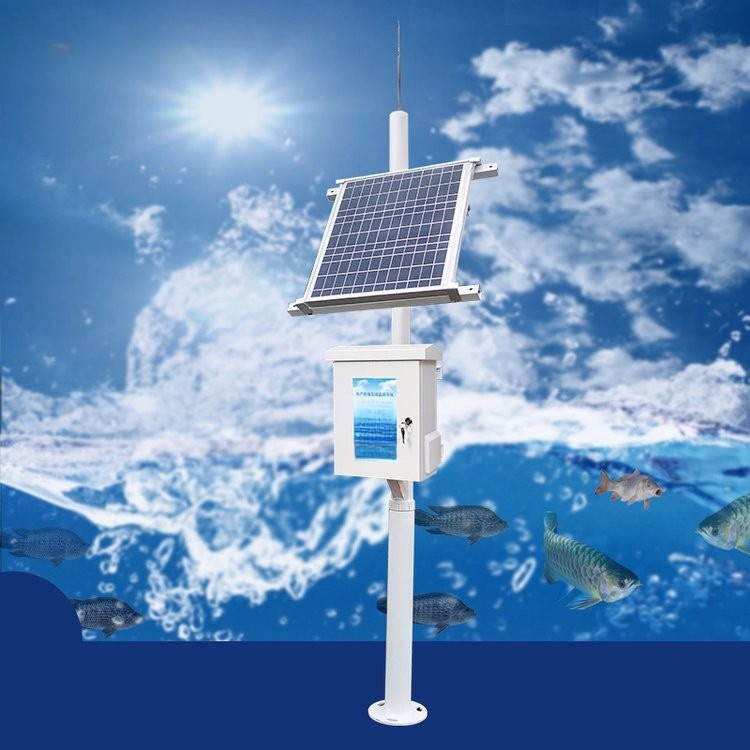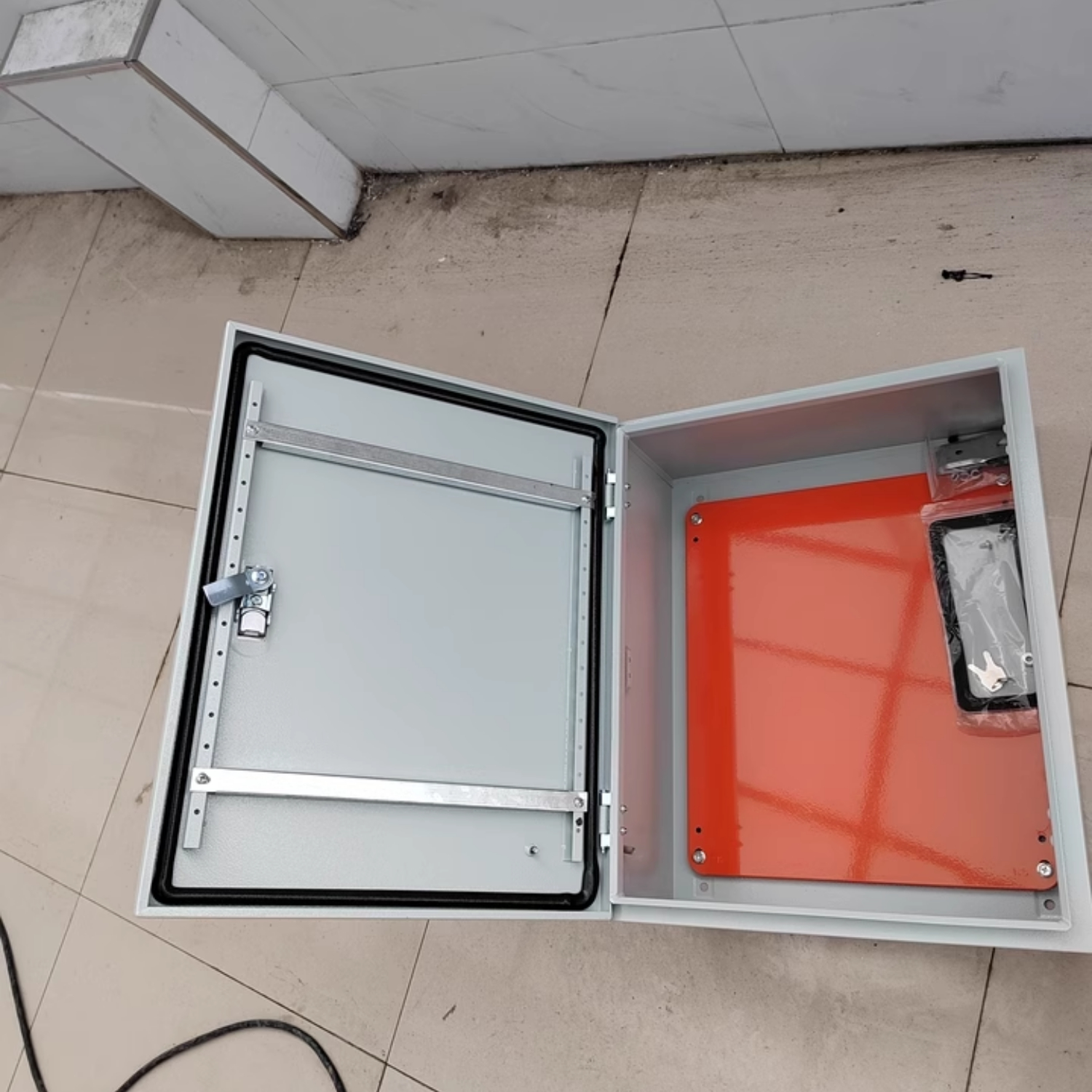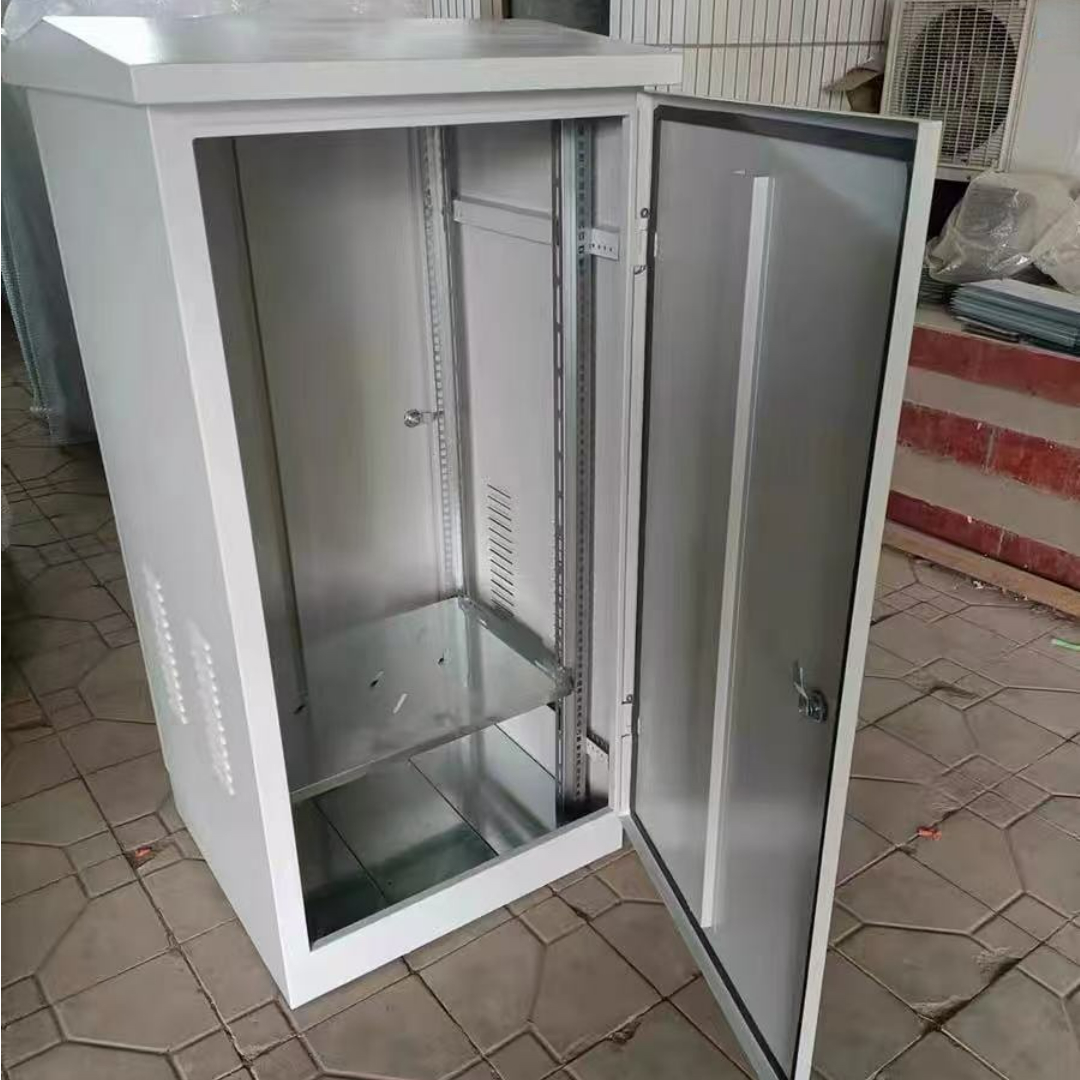Home / News / Industry news
Industry news
Aug 03,2025
By:Shinging
Designers of electrical and electronic devices need to consider various factors, with temperature increase being one of the most critical. Every electronic component produces heat, and managing the buildup and release of heat within a casing is essential for the proper functioning of your device.
This article will cover the fundamentals of determining temperature increase within enclosures and will briefly examine various methods for removing heat generated inside an enclosure, including ventilation, heat sinks, and internal air conditioning systems. To begin, we should discuss the fundamentals of how electrical components generate heat.
What Generates Heat Within a Space?
Numerous electrical and electronic components shielded by electronic enclosures produce heat as electrical current passes through them. Types of elements that frequently produce heat consist of:
·Electrical sources
·Devices made from semiconductors
·Drive servos
·Controllers that can be programmed logically (PLCs)
·Variable speed drives (VSDs)
·Beginner gatherings
·Switches
·Converters
- Connection blocks
As this list contains numerous essential components of industrial control panels and power distribution systems, it’s crucial that your device and enclosure are properly designed to prevent overheating. The most effective method to understand the heat generation traits of each component is to review the specifications given by the manufacturer. You will encounter a value, typically expressed in watts, indicating the heat load of the component.
Elements Influencing Enclosure Temperature
Besides the heat produced by the components within the enclosure, various factors influence the temperature increase, such as:
Certain materials and finishes will transfer heat more efficiently than others will. Painted steel and polycarbonate are recognized for their superior heat radiation compared to materials like stainless steel or raw aluminum.
·Due to the rise of heat in the air, numerous vertically oriented enclosures may experience internal temperature variations that result in higher temperatures at the top compared to the bottom.
The wall's material makeup on which the enclosure is installed will influence heat dissipation.
Outside environmental conditions can raise the internal heat load if the surrounding air temperature warms the enclosure material. Outdoor structures exposed to direct sunlight can absorb heat from the sun. Enclosures that are painted white or other lighter shades will absorb less heat compared to those painted in black or darker shades.
The position of the enclosure when installed (either horizontally or vertically) will influence how heat disperses within the enclosure. Enclosures mounted horizontally might encounter much more intricate heat transfer processes compared to those mounted vertically.
Keep these elements in mind while calculating the heat levels of an enclosure.
Method for Calculating Temperature Increase Within Enclosures
Here’s a straightforward series of steps for determining the temperature rise of an electrical enclosure:
Begin by determining the input power, measured in watts per square foot. Divide the heat released within the enclosure in watts by the surface area of the enclosure in square feet.
2. In the graph provided, determine the input power measured in watts per square foot on the lower axis. Extend a vertical line from that number until it intersects one of the temperature increase curves. Utilize the upper curve for enclosures crafted from unfinished aluminum or stainless steel, and the lower curve for non-metallic or painted metal enclosures.
3. Create a horizontal line extending from your intersection point to the vertical axis of the graph.This is the estimated amount of degrees that the internal temperature of your enclosure will higher compared to the ambient temperature.
These actions will assist you in understanding your enclosure’s projected total heat load. Nevertheless, it’s crucial to have an electronics engineering expert conduct a thorough analysis of the enclosure’s temperature increase, especially when creating a mission-critical device that could pose safety risks if it malfunctions.
Strategies for Heat Dissipation
Device manufacturers employ various kinds of tools and thermal management methods to release the heat produced within an enclosure, such as:
·Surface Area Dissipation (SAD): This basic technique for managing heat within an enclosure is a passive approach that depends on the natural emission of heat through the enclosure's surface area. SAD might provide adequate heat dissipation for smaller enclosures without high power-consuming components, yet numerous devices will require something beyond that.
·Venting: A straightforward approach for heat dissipation, venting operates by creating a pathway for air flow that enables warm air to escape from the enclosure. Shinging enclosures can be provided with tailored cutouts for ventilation, or you can opt for our polycarbonate air vents and waterproof vents to develop a sturdy option for heat dissipation and pressure equalization, while maintaining your enclosure's NEMA rating.
·Forced Air: Devices that use forced air, like fans and internal air conditioning units, can serve as very effective cooling solutions for enclosures. Enclosures that anticipate elevated heat levels (whether from internal elements or surrounding air temperatures) might require forced air cooling.
·Heat Sinks: These components are placed within enclosures to transfer heat into one of two cooling methods: a set of "fins" that provide a larger surface area for heat dissipation, or a liquid medium like a coolant. In either scenario, the heat sink channels heat away from components that could be susceptible to it.
Require additional details on how to determine the heat retention and dissipation of an enclosure? Reach out to our enclosure specialists at +86 18939857433 or get in touch with us through our website. We are happy to help.

The global shift towards renewable energy has made solar energy the cornerstone of sustainable infrastructure. For commercial professionals supervisin...
Dec 18,2025 / Industry news
In industrial infrastructure, selecting enclosure materials for Power distribution cabinet Enclosure is a crucial choice influencing durability, cost ...
Dec 16,2025 / Industry news
In industrial and commercial environments, electrical junction box enclosures are important protective tools for electrical systems. These enclosures ...
Nov 25,2025 / Industry newsOnline

Provider of Complete Metal Manufacturing Solutions
+86 18939857433
1188 Jiu Ye Road, Shanghai, China
11561 N Lamar Blvd,Austin,Texas,United States of America,78753
Gyeongin-ro 56-gil 8, ,3F jjbeauty,Guro-gu,Seoul,Guro-gu,Seoul,Republic of Korea
Top
Copyright © 2025 Shinging Technology Co., Ltd.,
Power By Bontop